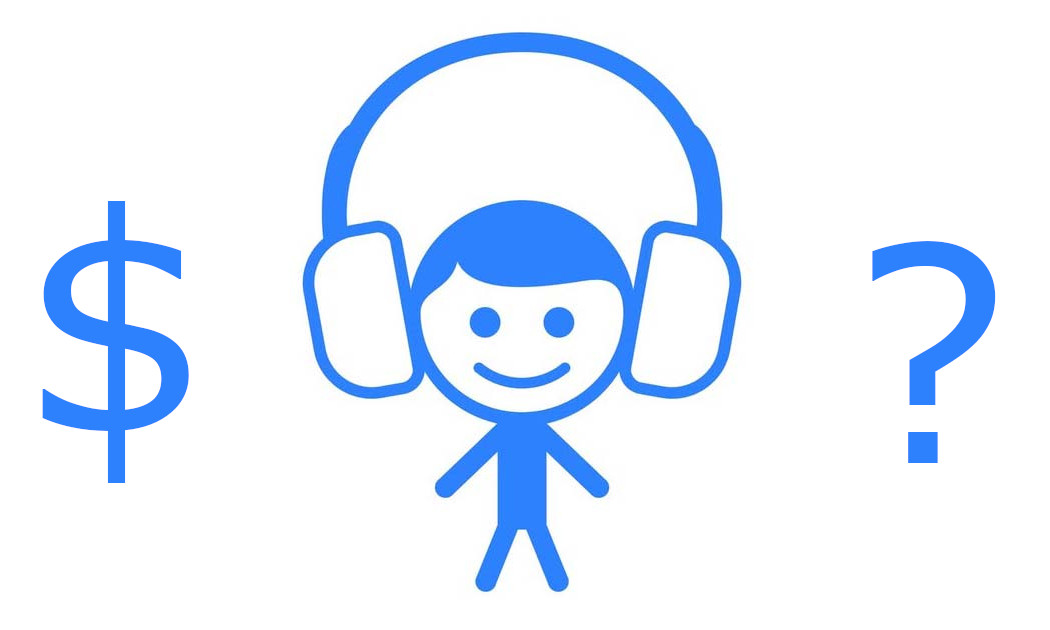- Published on
Nina Protocol: The Bandcamp Alternative With a Mysterious Business Model
- Authors

- Name
- Joshua Jones
Nina Protocol: The Bandcamp Alternative With a Mysterious Business Model

When a new platform promises artists 100% of their sales and listeners unlimited free streaming, it almost sounds too good to be true. That's the initial impression you get when you stumble across Nina Protocol, a music service positioning itself as a Bandcamp alternative with a protocol-first approach. It's sleek, open, and artist-friendly. But as with any seemingly "free" service, the natural question follows quickly: how do they make money?
Right now, the answer is simple, though it raises more questions than it answers. In 2022, Nina sold an 18 percent ownership interest to investors. That capital infusion allowed them to hire a team, expand development, and run the platform without charging artists or listeners. In their own words, the sale was enough to "focus full time on Nina," effectively providing a financial runway to support infrastructure and absorb costs that other platforms typically pass on.
It's an unusual arrangement. Rather than relying on ads, cuts from artist sales, or subscription fees, Nina is effectively propped up by outside money. And they're transparent about this: the FAQ page states outright that the platform is free to use because of that 18 percent stake sold to investors. However they emphasize that when they eventually introduce paid tools, the core offering, artists keeping 100 percent of their sales, will remain untouched. That's the promise they've staked their reputation on.
Of course, that transparency doesn't completely quiet skepticism. On Reddit, discussions around Nina often circle back to the same unease: if the company is burning through investor capital, what happens when that money runs dry? Some users suspect a "hidden angle" waiting in the wings, while others defend Nina by pointing to its open-source code and explicit disclosures. Still, the concern lingers. In an industry littered with ambitious platforms that couldn't sustain themselves, people are wary of promises that seem too generous to last.
The mystery is compounded by the fact that Nina already hints at a roadmap of "paid tools" but hasn't detailed exactly what those will be. In blog posts and announcements, the team has mentioned developing editorial and writing features, expanding into modular "hubs," and layering new capabilities on top of their protocol. These teasers suggest that while Nina is starting as a streamlined sales-and-streaming platform, it has bigger ambitions to become infrastructure, something closer to a decentralized operating system for music.
If we read between the lines, a picture begins to emerge. Paid tools in this context are likely to fall into familiar categories: enhanced analytics for artists who want deeper insights into their fanbase; customization features for labels and collectives who want to build branded hubs within the Nina ecosystem; editorial or publishing capabilities that go beyond a simple track upload; and possibly fan engagement features like exclusive access, gated content, or early-release mechanisms. None of these would require Nina to claw back a share of artist sales, they're optional layers that sit on top of the core service.
That approach could make sense. If the base product remains free and egalitarian, the platform can preserve its artist-first ethos while still creating value for power users who are willing to pay for more control, data, or exposure. It's a model that has worked elsewhere in software: the "freemium" approach, where casual users never pay a dime but serious users fund the platform's growth. In music, where margins are slim and discovery is everything, those premium services could end up being just as valuable as the baseline act of selling music.
Still, Nina's runway is finite. Selling an equity stake buys time, but it doesn't solve the long-term question of sustainability. If the rollout of paid features takes too long, or if those features fail to find traction, the platform could find itself under pressure to monetize in ways that undermine its promises. That's the tightrope Nina is walking: they must deliver revenue without compromising the core deal that makes artists excited to use the platform in the first place.
There's also the question of perception. Paid discovery tools, for example, risk alienating users if they start to resemble "pay-to-play" models. Artists may bristle at the idea of needing to pay for visibility, even if it's optional. Balancing these tensions, offering real value without creating resentment, will be one of the hardest challenges ahead.
For now, Nina's generosity feels both refreshing and precarious. It's rare to see a platform so explicitly prioritize artists in its design, and the idea of a protocol-based music infrastructure is exciting in an industry where power has long been concentrated in the hands of intermediaries. But the business model remains, at best, a work in progress.
Nina is betting that when the time comes, artists and labels will find enough value in advanced tools to keep the system afloat, and that goodwill built in these early, investor-subsidized years will translate into loyalty. Whether that gamble pays off will determine if Nina is a passing experiment or a sustainable alternative to the dominant platforms.
